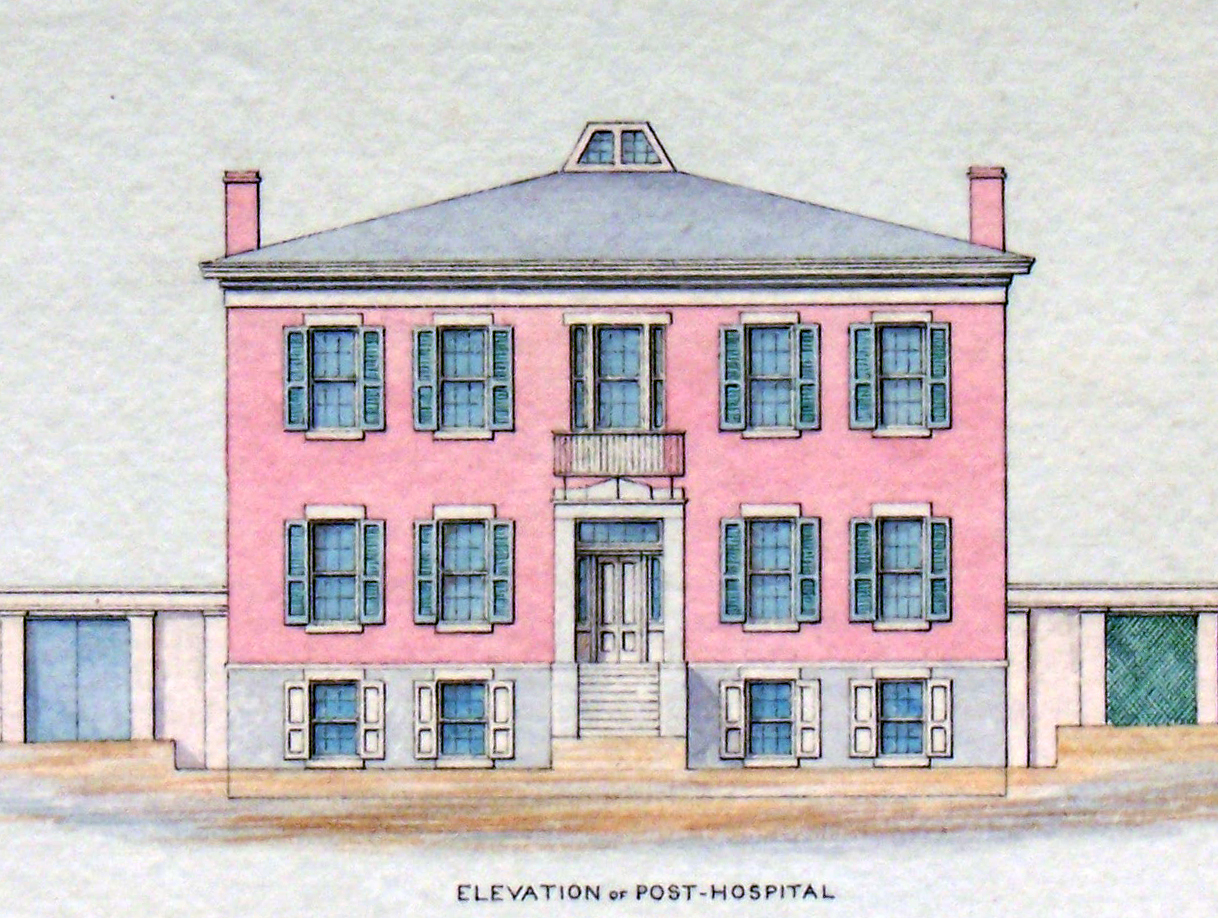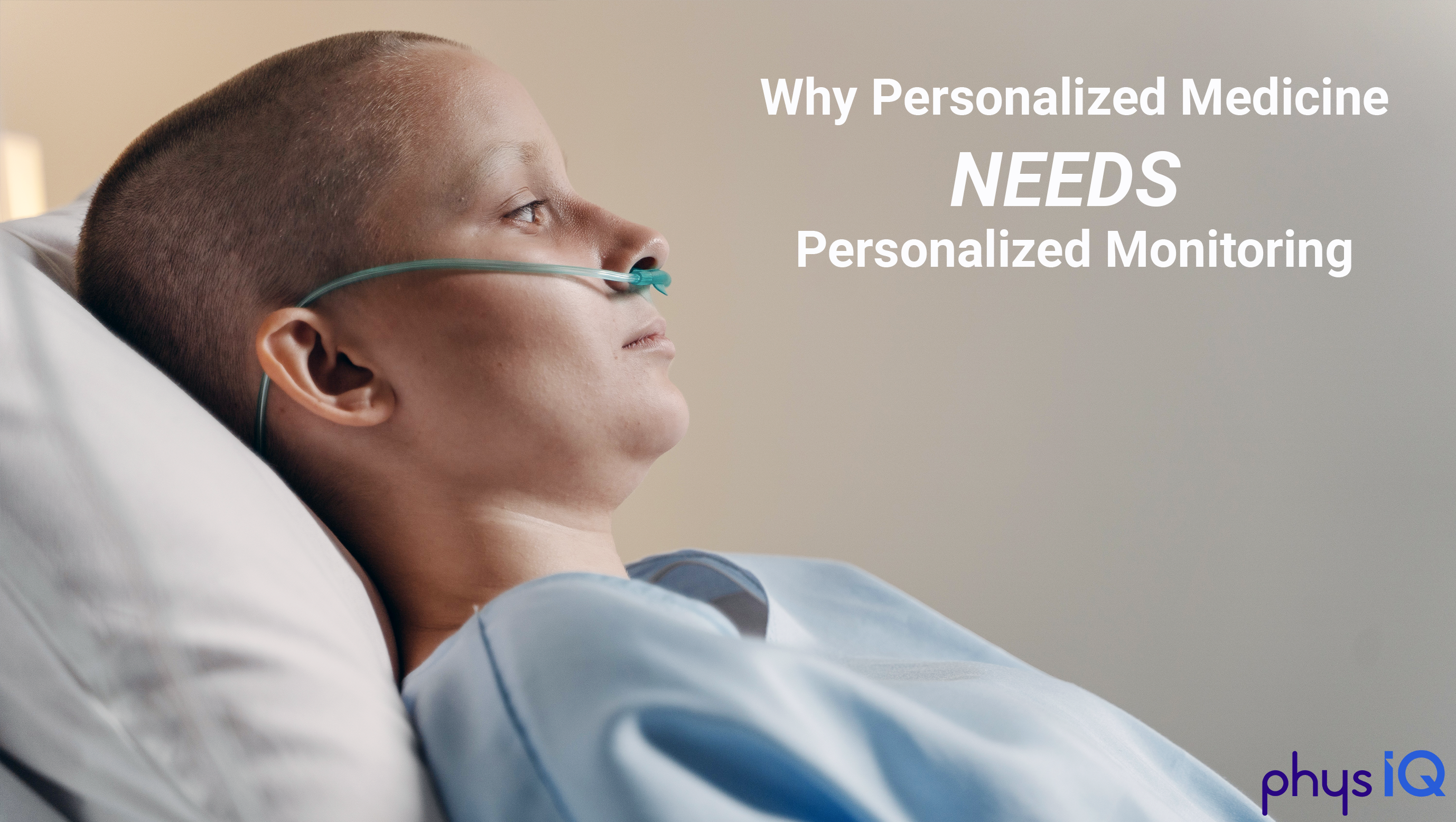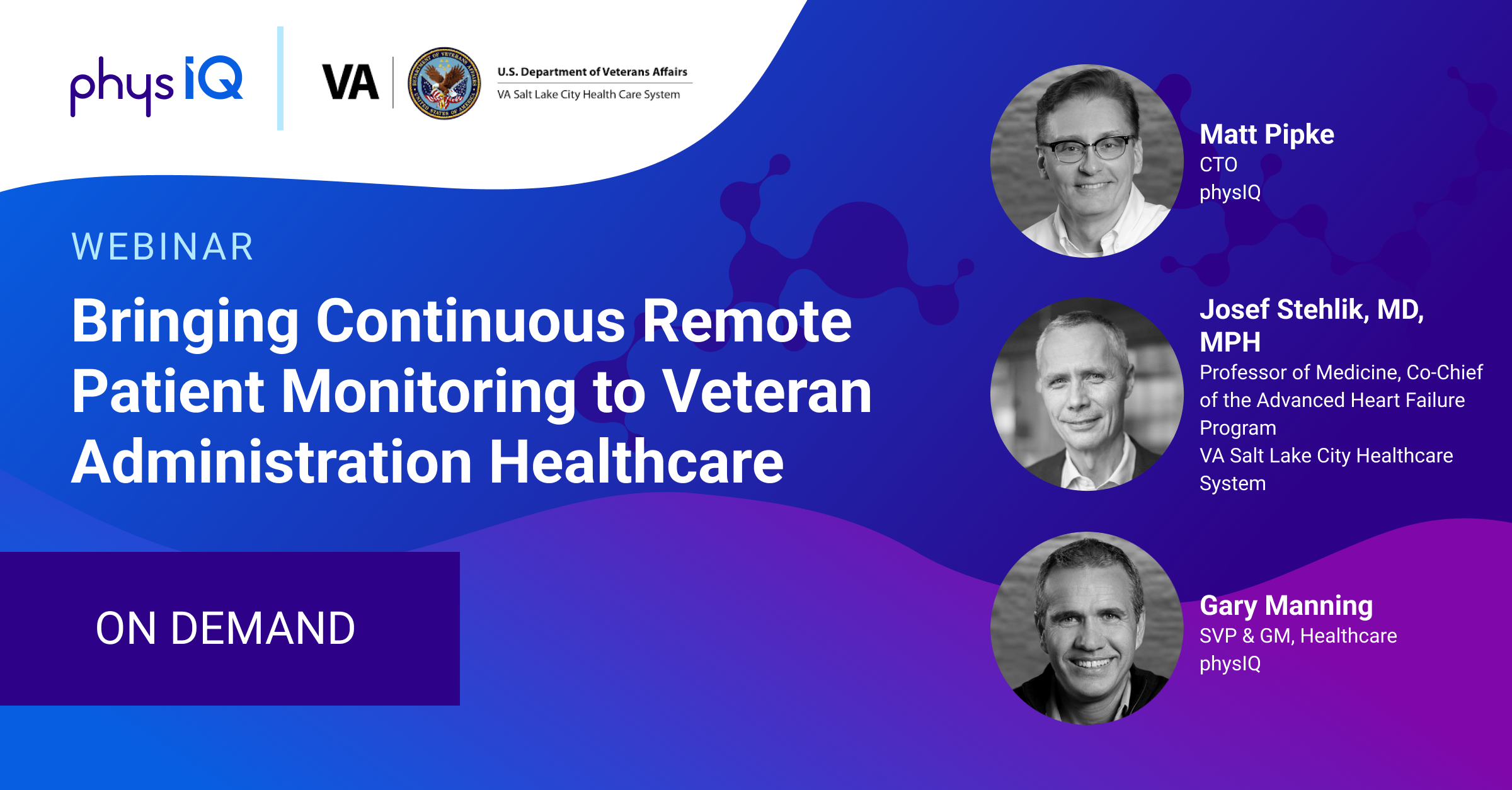Tracking mRNA from Efficacy to Effectiveness
Recent news around the promising mRNA vaccines targeting cancers results indeed caused great excitement in many circles. The number of mRNA clinical...
4 min read
![]() Dr. Robert Lynch
:
October 25, 2016
Dr. Robert Lynch
:
October 25, 2016

Medicine seems to be constantly on the verge of a revolution that will benefit patients but require fundamental changes in how medicine is practiced. Hospitals have been a sometimes unwilling participant in these recurring revolutions. Recall the significant changes brought out by the germ theory of disease and the concept of antisepsis. Long before antibiotics, antiseptic practices introduced after the Civil War profoundly changed how patients were cared for and made surgery and hospitals much safer. Despite being common practice today hospitals were slow to adopt these practices (particularly in the United States). However, by the beginning of the 20th century they were becoming mainstream.
Like the adoption of antisepsis, the history of hospitals is one of adapting to changing medical practice, usually driven by technological advances. Hospitals in the 17th century were a hodgepodge of largely social institutions where actual medical care was limited and largely palliative. By the 18th century hospitals began to focus solely on medical care and were staffed by dedicated physicians and surgeons. In the 19th century, particularly the last half, hospitals began to organize into structures we would recognize today which included the development of professional nursing. As noted with antisepsis, modern medical science began to take hold and influenced the care of patients. The twentieth century brought profound advances, particularly after World War II. Modern diagnostic techniques, improved anesthesia and surgical techniques, antibiotics and cancer chemotherapy are among of litany of changes that hospitals adopted.
While these advances improved what could be done for patients, they also incrementally increased the costs associated with hospitals. World War II expanded employer sponsored health insurance as a major source of funding. Since the creation of Medicare and Medicaid in the 60’s, the role of government in financing hospitals has exploded. Costs borne by these payers continue to escalate faster than either inflation or the economy largely due to the ongoing advances of medical technology.
The 21st century has seen an acceleration of these trends. The recent advances in the science of genetics and molecular biology have opened up whole new diagnostic and therapeutic capabilities. Already these are transforming the management of autoimmune diseases and cancer. They hold the promise for an explosion into almost all areas of medicine in what will become the mass customization of patient care. Therapies and preventative strategies will be personalized to an individual’s specific genetic profile which will bring significant improvements to patients’ health and functioning. Unfortunately, they will bring incredible complexity into all aspects of patient care and will further aggravate the increasing costs of medicine.
Hospitals will be very much a part of this revolution, much of it driven by the payer’s attempts to restrain these costs. What started with DRG’s is now being accelerated by payment schemes such as accountable care organizations, bundled payments, incentives to avoid readmissions, and provider “report cards”. The net effect is to shift as much care as possible out of the increasingly expensive hospital setting. The hospital of the future has been said to be an emergency room attached to an OR and an ICU. Care in hospitals will be intense and patients will be highly monitored. Care outside these areas will be rendered at home or in settings less intense than a hospital such as a skilled nursing facility. The problem this creates is the huge drop off in support and monitoring that occurs once a patient leaves the hospital. The new payment approaches however keep the hospital at risk financially for how well a patient does after discharge. This has led to an increase in the virtual management of recently discharged and high risk patients. Typically, this is some sort of telephonic monitoring coupled with periodic home health nursing. There has been some success with added limited physiologic measurements linked with simple automated patient inquiries. These by their very nature are sporadic and occur only when patients are awake. Obviously, there is still a significant gap between the intensity and efficacy of the care provided in a hospital and what can be done in a home or nursing facility. Providers are in effect making judgment calls as to whether patients are “ready” to step down to an outpatient setting. They and the patients are penalized if they get it wrong.
To help narrow this gap hospitals and clinicians will have to find a way to better bridge patient care from the increasingly intense inpatient setting to their patient’s post hospital setting. Fortunately, recent technology advances offer real promise to assist with this effort. The internet has enabled data and information to be shared anywhere virtually instantaneously. Smartphones offer easy connection to the internet that is independent of location or fixed connections. Technologies such as Bluetooth allow wireless linkage between smart phones and any device so equipped. While the combination of these technologies allows you to stream music through your car’s audio system, in healthcare, with the right combination of physiologic sensing and analytic capabilities, they can facilitate continuous patient monitoring. This has the potential to bridge the gap between the level of care in a hospital and post hospital settings.
Consumers already have been drawn to devices that monitor limited physiologic parameters such as fitness trackers. In healthcare sensors have been developed that allow the continuous monitoring of temperature, heart rate via ECG, oximetry, physical activity and posture, respiration and blood pressure. Other capabilities are being developed. These have become increasingly less intrusive to patients with the latest consisting of “Band-Aid” like patches with good battery life and high patient compliance. Linked via Bluetooth to a smart phone these patches allow for continuous monitoring as compared to the limited infrequent measurements available conventionally. The problem comes with the overwhelming amount of data this generates and the fact that chronically ill patients’ data do not conform to population norms. This is where the ability to analyze this data on an individualized basis to isolate as early as possible when a specific patient is deviating from their own baseline. This is possible because analytics can determine what is “normal” for a given patient and based on the integration of multiple physiologic inputs provide early notice that a patient is deviating from their own norm. This has the potential to be much sooner than either the patients themselves or conventional monitoring would provide.
By providing personalized continuous monitoring, this technology has the promise of shifting patients who are currently being hospitalized to a less intense setting. It also promises to keep patients who have been discharged from the hospital from being readmitted by allowing clinicians to intervene sooner should a patient deteriorate. The potential for cost reductions from avoiding admissions and readmissions already has the interest of CMS and other payers. For example, CMS has awarded $9.6 million to the School of Medical and Mt. Sinai to establish a Mobile Acute Care Team. Under the program E.R. patients being considered for admission will be given the option of being cared for at home by a physician led team. A similar study is scheduled at the Brigham and Women’s Hospital in Boston. In these settings analytics aided continuous monitoring has the potential to improve the outcomes of home care patients. Unlike many other new healthcare technologies continuous home monitoring has the potential to reduce costs by reducing hospital usage. Like consumer electronics the underpinnings of the technology itself also will decline in cost if it is widely adopted. The question is will it take as long as antisepsis to become mainstream practice. The financial pressures on healthcare argue that it should not and will not.
Recent news around the promising mRNA vaccines targeting cancers results indeed caused great excitement in many circles. The number of mRNA clinical...

The recent wave of public interest in several groundbreaking studies of mRNA vaccines in the treatment of cancer are perfect examples of how the rise...

Prevention, early detection, and vigilant patient monitoring are critical elements in successfully and cooperatively managing patients with heart...